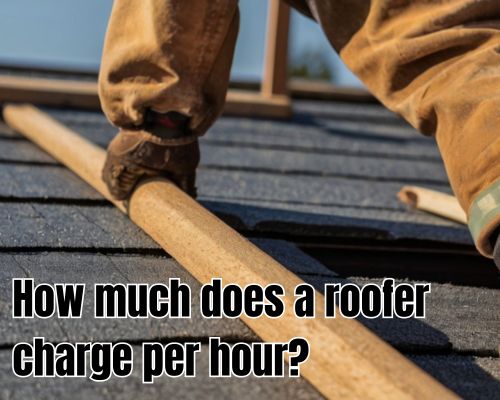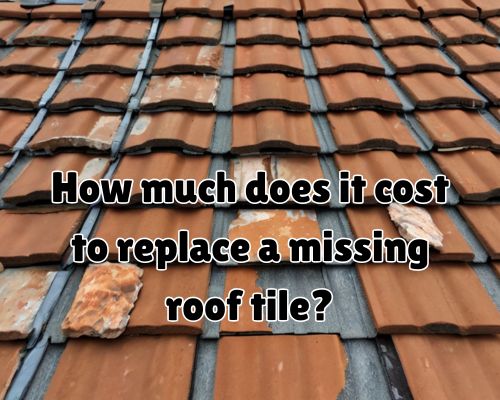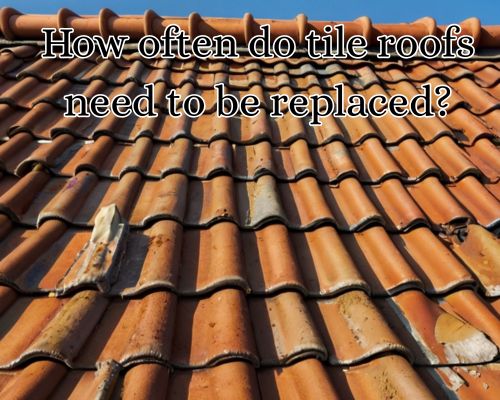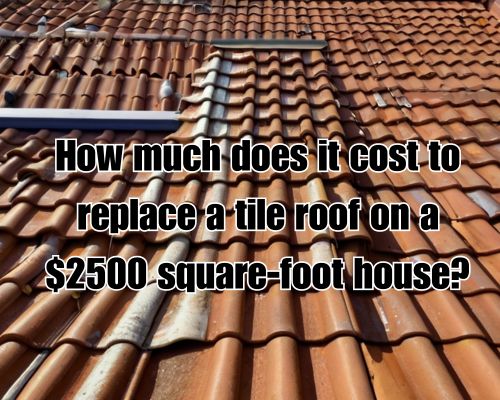When investing in a commercial property, one of the most vital considerations is longevity—how long will the building last? Understanding the lifespan of a commercial building is not just about bricks and mortar; it’s about maximizing ROI, maintaining structural integrity, and making informed asset management decisions. In New Jersey, where climate, zoning, and urban development patterns vary dramatically across regions like Newark, Jersey City, Trenton, and Edison, these factors take on heightened importance.
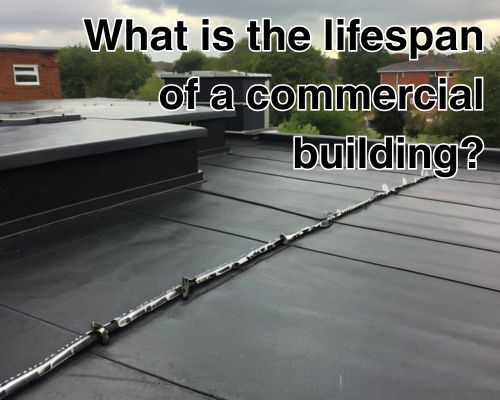
With Charles Jimerson of CJ Commercial Roofing NJ, we’ll explore the average lifespan of commercial buildings, key factors that influence durability, and how building owners in New Jersey can extend the life of their properties—while keeping an eye on compliance, sustainability, and market value.
🔍 What Is the Average Lifespan of a Commercial Building?
The average lifespan of a commercial building in the United States typically ranges from 50 to 60 years. However, this is a generalized figure. In New Jersey, building longevity is influenced by the state’s seasonal weather, construction standards, and local building codes.
According to the National Association of Home Builders (NAHB) and reports by The American Society of Civil Engineers (ASCE), specific building materials and systems significantly influence the expected useful life:
| Component | Expected Lifespan |
|---|---|
| Steel frame | 50–100 years |
| Reinforced concrete | 75–100 years |
| Roof membrane (flat) | 20–40 years |
| HVAC systems | 15–25 years |
| Plumbing systems | 30–50 years |
| Electrical wiring | 50–70 years |
➡️ Key Insight: The structural shell of the building may last 75+ years, but interior systems will need updating every 20–30 years.
🧱 Types of Commercial Buildings and Their Lifespan in New Jersey
Different types of commercial buildings have different design lifespans, especially under New Jersey’s diverse environmental and regulatory conditions.
1. Office Buildings
- Lifespan: 60–100 years with renovations.
- New Jersey Note: Office space in downtown Newark or Jersey City tends to last longer due to concrete and steel construction but may face quicker obsolescence due to design trends and evolving tenant expectations.
2. Retail Buildings
- Lifespan: 40–60 years.
- Strip malls and shopping centers in suburban areas like Cherry Hill often require frequent tenant build-outs and exterior refreshes.
3. Industrial/Warehouse Facilities
- Lifespan: 50–75 years.
- Industrial zones in Elizabeth and Camden typically have structures with durable steel frames and concrete floors but are subject to environmental stress and zoning changes.
4. Mixed-Use Buildings
- Lifespan: 60–80 years.
- Common in urban areas like Hoboken, these buildings benefit from high-density construction and evolving usage.
🧠 Factors That Affect Commercial Building Lifespan
New Jersey’s commercial building longevity is shaped by a mix of environmental, structural, and regulatory factors:
✅ 1. Construction Quality
- Poor construction and use of low-grade materials reduce longevity.
- Buildings following IBC (International Building Code) standards as enforced in New Jersey townships show superior durability.
🌦️ 2. Climate Conditions
- New Jersey faces snow loads in winter, high humidity in summer, and coastal storms—each of which puts pressure on roofing systems, facades, and drainage infrastructure.
🔧 3. Maintenance Practices
- Regular inspections and timely upgrades to HVAC, plumbing, and roof systems can extend lifespan by 20–30%.
- Preventative maintenance plans are common in Princeton and Morristown for Class A properties.
🏗️ 4. Building Usage
- Warehouses may experience more physical wear and tear than office buildings.
- Adaptive reuse projects (e.g., converting old warehouses in Jersey City into loft offices) can renew old structures, but require major retrofits.
📜 5. Zoning & Regulatory Compliance
- Changes in New Jersey building codes, especially regarding energy efficiency and accessibility (ADA), may require retrofits or replacement.
For more, visit CJ Commercial Roofing NJ.
📊 Depreciation and Building Lifespan: A Financial Perspective
The IRS classifies most commercial real estate improvements for depreciation over 39 years, although this is a tax schedule, not a literal lifespan. Still, this benchmark reflects expectations for capital planning:
- Roof replacements, HVAC upgrades, and interior renovations typically occur at the 15–30-year mark.
- Investors and property managers in New Brunswick and Atlantic City use depreciation data for cost segregation studies, enabling smarter tax deductions.
➡️ Fun Fact: Even after 50+ years, many New Jersey buildings remain structurally sound but require modernization to remain market-relevant.
🧰 How to Extend the Lifespan of a Commercial Building
To get the most out of a building’s lifecycle in New Jersey, owners and managers should take a proactive, data-informed approach.
1. Implement Predictive Maintenance
- Use IoT-based sensors to monitor structural stress, leaks, or system failures.
- Popular in smart buildings in Jersey City’s financial district.
2. Upgrade Building Envelopes
- Investing in energy-efficient windows, insulation, and roof membranes can preserve interior systems and reduce utility costs.
3. Green Certifications
- Achieving LEED or ENERGY STAR status not only boosts efficiency but also future-proofs the building against stricter codes.
4. Conduct Regular Condition Assessments
- Annual or biannual Property Condition Assessments (PCA) are standard for institutional investors.
🌆 Lifespan vs. Relevance: The Real Estate Market Angle
In bustling New Jersey submarkets like Secaucus, Asbury Park, or Hackensack, buildings can become economically obsolete before they’re physically worn out. Here’s why:
- Tenant expectations shift (demand for EV chargers, wellness amenities).
- Zoning changes favor new developments over aging assets.
- Insurance premiums spike for older, under-maintained buildings.
That’s why smart investors look beyond physical lifespan to focus on economic lifecycle and highest and best use analysis.
🏁 Conclusion: Building for the Long Haul in New Jersey
So, what is the lifespan of a commercial building in New Jersey? While the structural shell may endure for 60–100 years, the true answer depends on a mix of construction type, climate resilience, maintenance discipline, and market adaptability.
With regular upgrades, smart capital planning, and an eye on compliance, building owners in New Jersey can far exceed average expectations—and secure long-term profitability.

